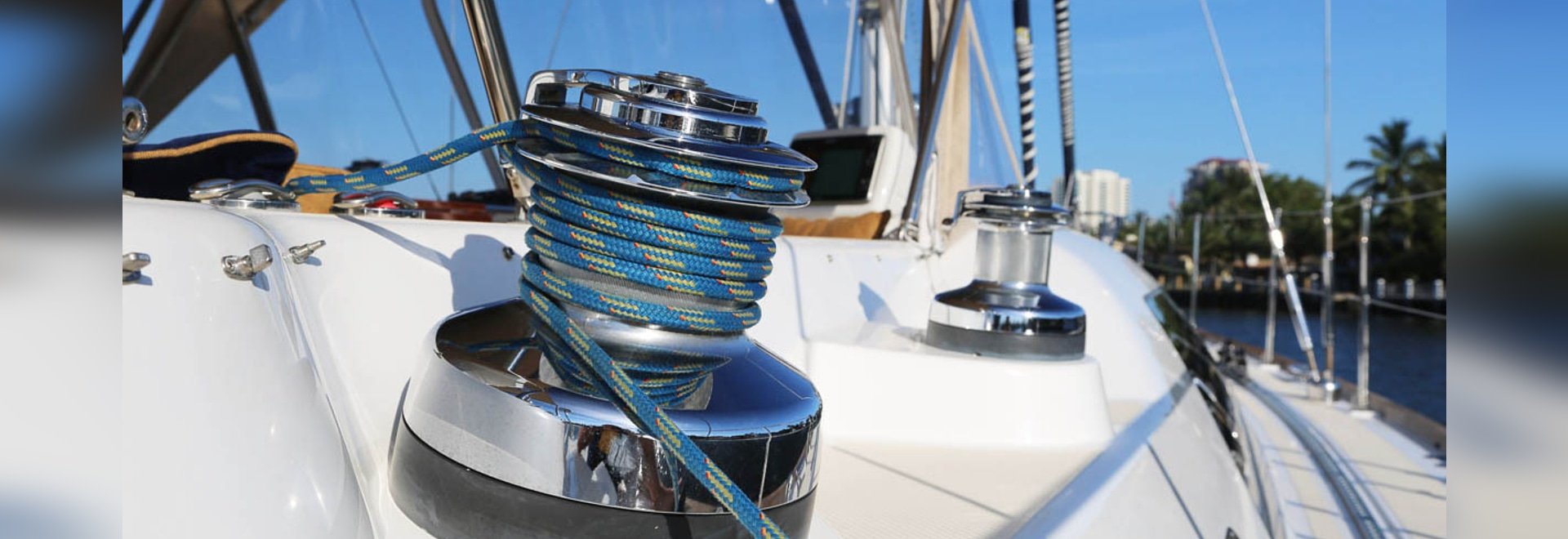
Expert Anchor, Windlass & Winch Servicing
We ensure your gear is fit-for-purpose.
There are a number of important criteria to be considered in selecting the correct anchor windlass. These include the vessel size, displacement, windage, anchor size and rode selection. Practicalities such as locker space and depth of fall for the rode also play a part in deciding which windlass is ideal for you.
HMB Marine Electrical have the in-depth marine knowledge to analyse your winch requirements and help you make the decision that ensures your product is fit for purpose.
We can service or repair any brand of windlass.
Don’t let your cruise be ruined by an anchor winch failure. Talk to us about how to maintain a winch correctly. That essential bit of kit up on the bow in the elements needs some love. If your windlass does fail, it will be at the worst possible time. We can get your problem solved and get you back on the water quickly.
We are authorized agents for Vetus-Maxwell, Muir, Quick, Lewmar, Loffrans and Simpson Lawrence.
What size windlass for your boat?
At HMB Marine Electrical we will consider the overall length and displacement (either light or heavy) of your boat to identify the most suitable windlass for your vessel.
The two basic types of windlasses are differentiated by the drive shaft orientation.
Deck thickness and underdeck space are the two main considerations when deciding which of the two types to fit.
Vertical windlasses make up the majority of anchor winch sales. They are characterised by situating the capstan and/or gypsy above the deck and the motor and gearbox below. Vertical windlasses provide a 180° wrap of the anchor rode around the chainwheel giving optimal chain control, and minimising slippage and jumping.
Horizontal windlasses are mounted completely above deck with gypsy and capstan located to either side. They provide a 90° wrap of the anchor rode around the chainwheel.
What pull capacity will you need?
The only meaningful way to rate anchor winch performance is by looking at what it will lift and at what speed. The two things we consider are (a) the maximum pull capability and (b) the working load of the winch. Maximum pull (sometimes referred to as stall load) is the maximum short-term or instantaneous pull of the winch. Working load is generally rated at about one-third of the maximum pull and is usually considered to be the load that the winch is pulling once the anchor is off the bottom.

